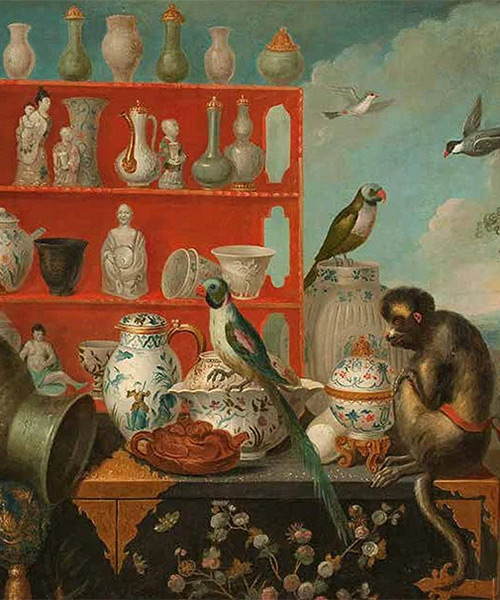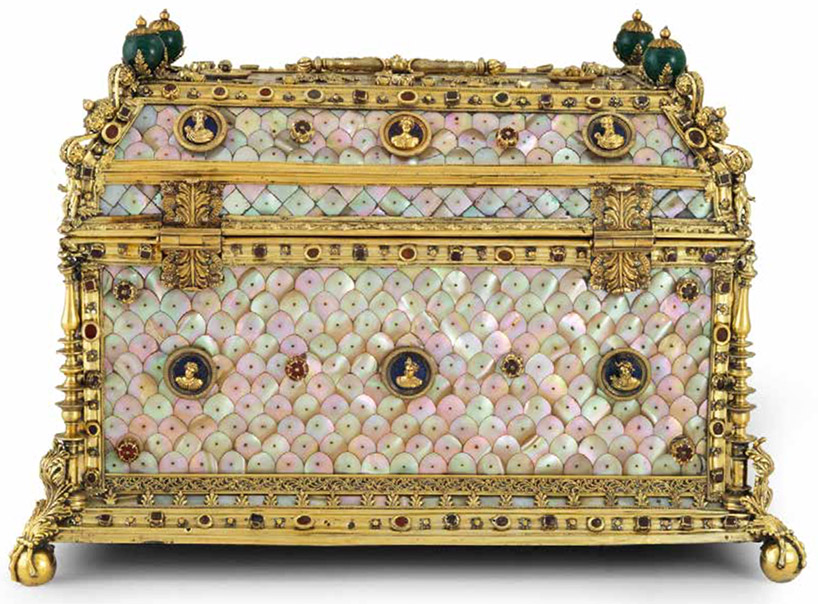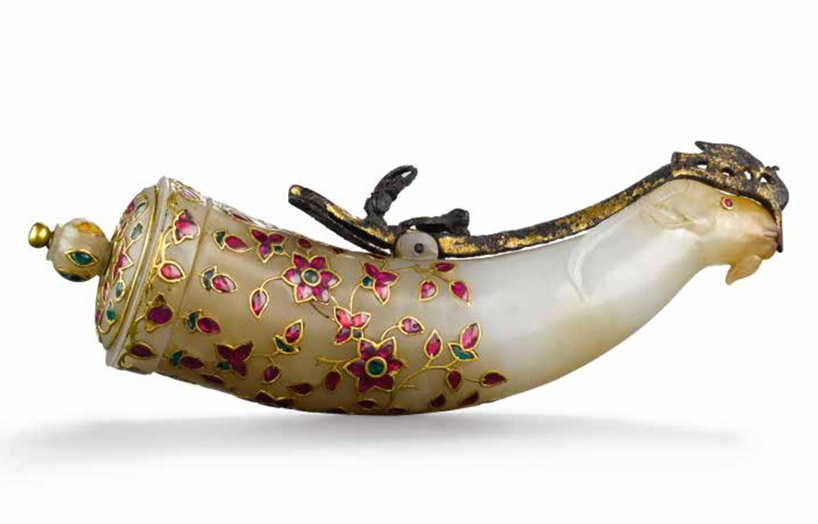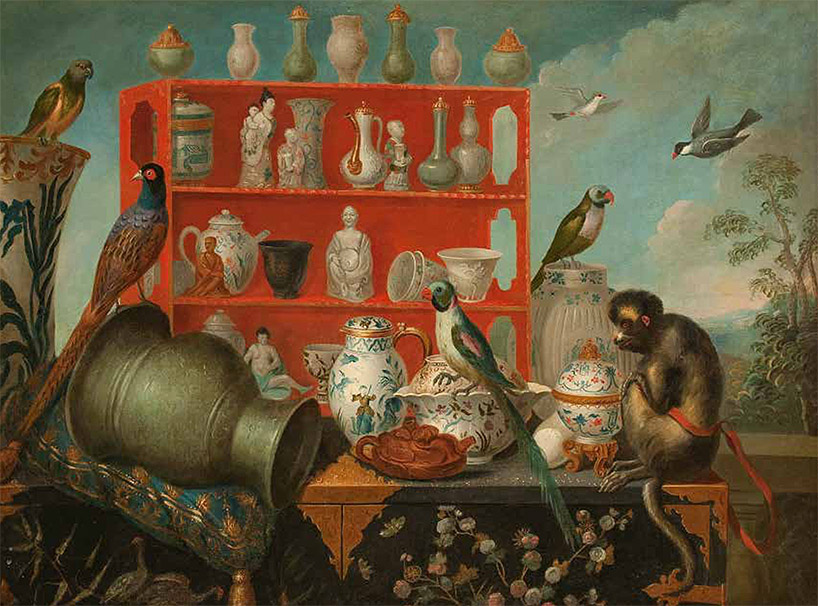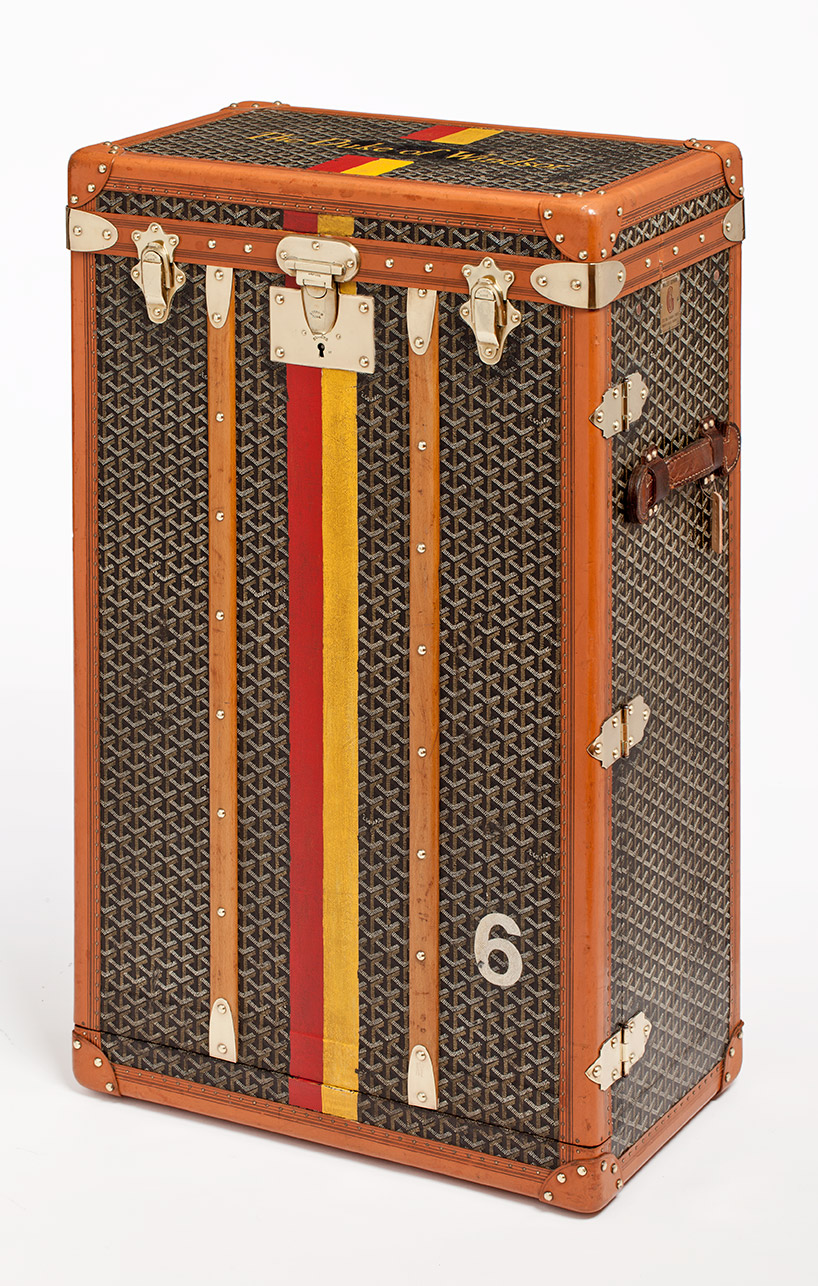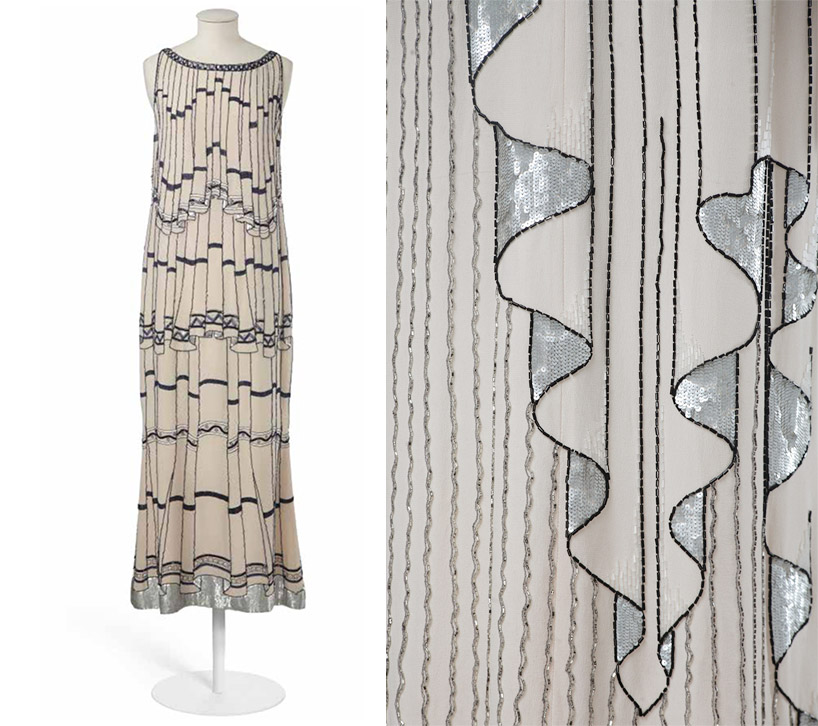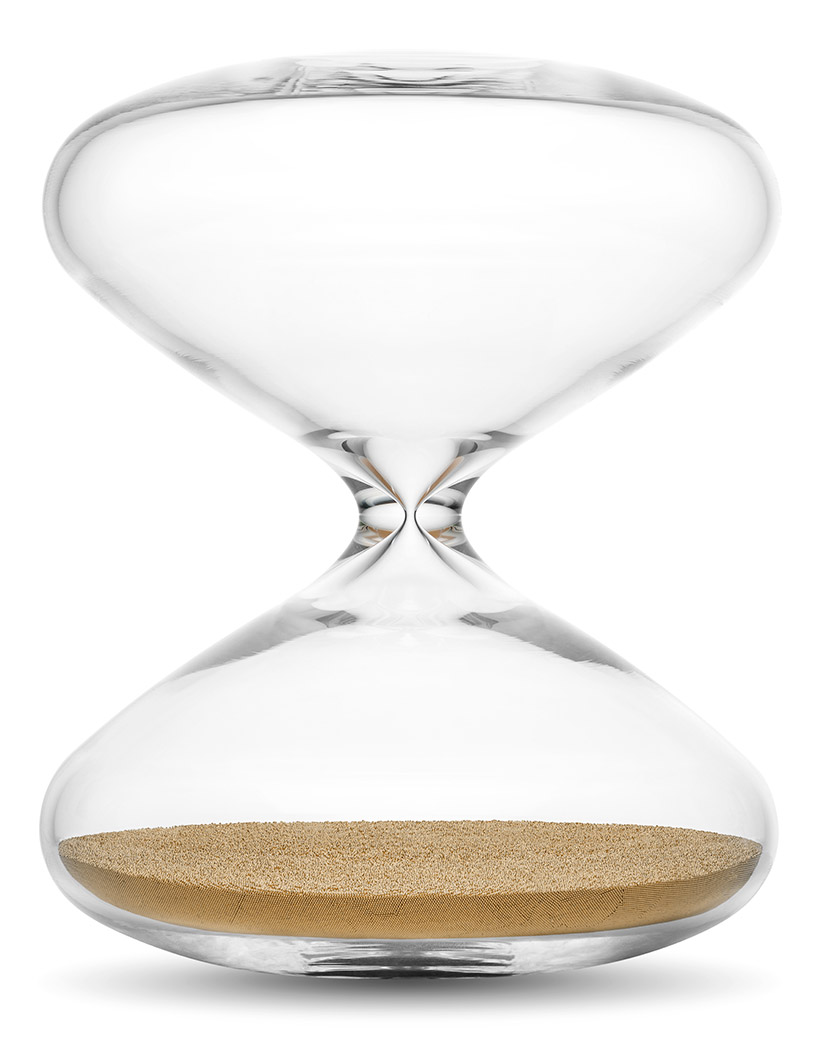
seashell spoon, germany, 16th century cast silver handle, chiseled and engraved, shell spoon. until the end of the sixteenth century, it was customary to eat with one’s fingers, even at the table of a king, prince or some other important person. however, it was during this century that a whole art of the table was developed, favoring the deployment of incredible luxury as evidenced by paintings, illuminations and tapestries
KEEP UP WITH OUR DAILY AND WEEKLY NEWSLETTERS
PRODUCT LIBRARY
explore designboom's top 10 design products of 2024 submitted by our readers.
the removable four-toed ‘gloves’ of the superfinger superstar can also be used as bags or be attached to other shoes.
by upcycling mass-produced furniture, YET architecture and BDM architects blurs the lines between standardization and personalization.
yamaha design laboratory's concept project upcycles rare woods originally intended for marimba tone bars and pianos.
